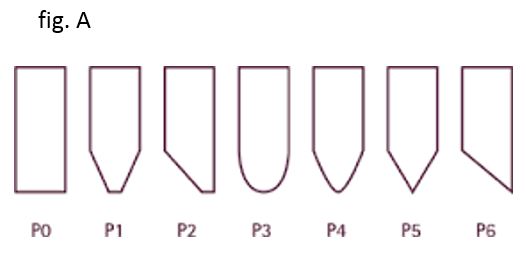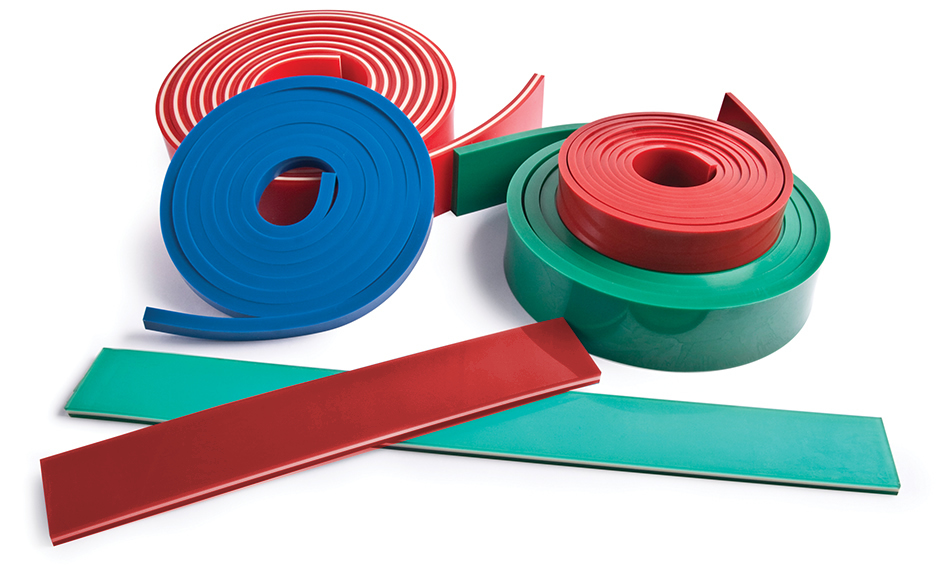When we talk about squeegee for screen printing, we are talking about one of the key points for the quality of the final result. A good screen with a good light exposure, the correct ink for the material to be printed, whether we print with automatic or manual machines, the kind of squeegee and the handle really make a difference.
The squeegee is in fact made of two essential elements:
The compounds of the various printing squeegees and their production process allow special features of abrasion resistance and resistance to the chemicals of the ink (whether water-based, solvent, UV or Plastisol). The polyurethane from which the screen printing squeegees are made, derives from the processing of ethyl ester, usually called urethane. In addition to the kind of compound, there are 3 other fundamental elements of a screen printing squeegee:
Of course, the graphic definition of the print is inversely proportionate to the hardness of the squeegee (softer = more ink but less definition, while harder = less ink deposit but higher definition). The screen printing squeegees usually come in different colors to identify the hardness of the polyurethane (RED SOFT 60-65 shore, GREEN MEDIUM 70-75 shore, BLUE HARD 80-85 shore).
There are several ways to produce the screen printing squeegees. Grafco selected two highly performing types.

Urethane is a screen printing squeegee developed with a new vacuum melting of high crosslinking degree new polymers.
From some tests carried on in Grafco’s laboratory and confirmed by our clients, this kind of squeegee is a real solution to the problem of the aggressive solvents in screen printing. This innovative squeegee has solved the problem of the lines and rifling that appear when printing with quite aggressive solvent inks especially for the print of underbase or for long runs.

The Apolan squeegees are made of special polyurethane resins in high pressure extrusion. This technology makes a squeegee without any bubbles inside and with a higher density than the squeegees obtained by melting. These squeegees are particularly efficient and performing in high speed UV screen printing machines for printing bottles and cylindrical objects.
Their special structure makes them very resistant especially for use with UV inks in the paper industry and long runs label printing.